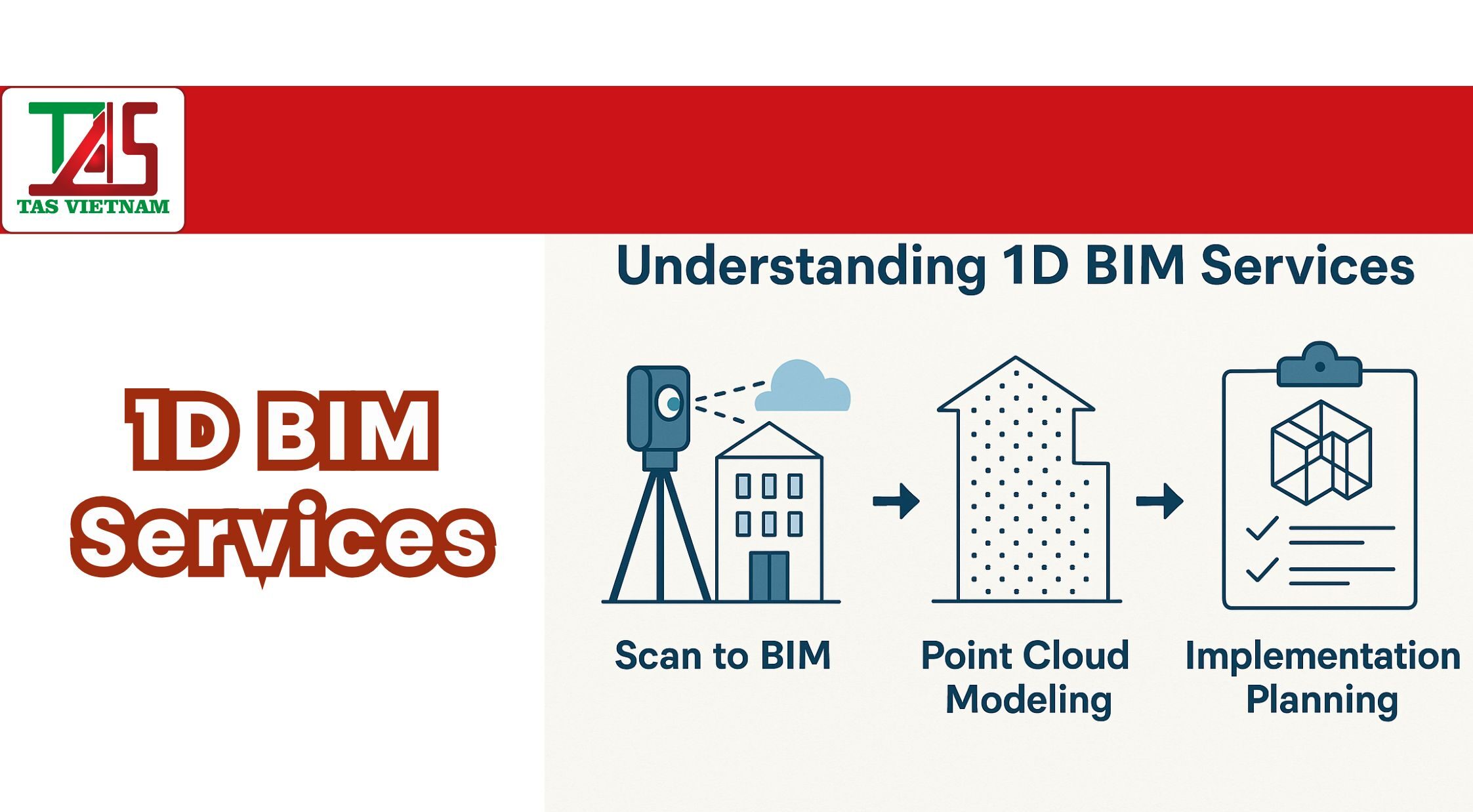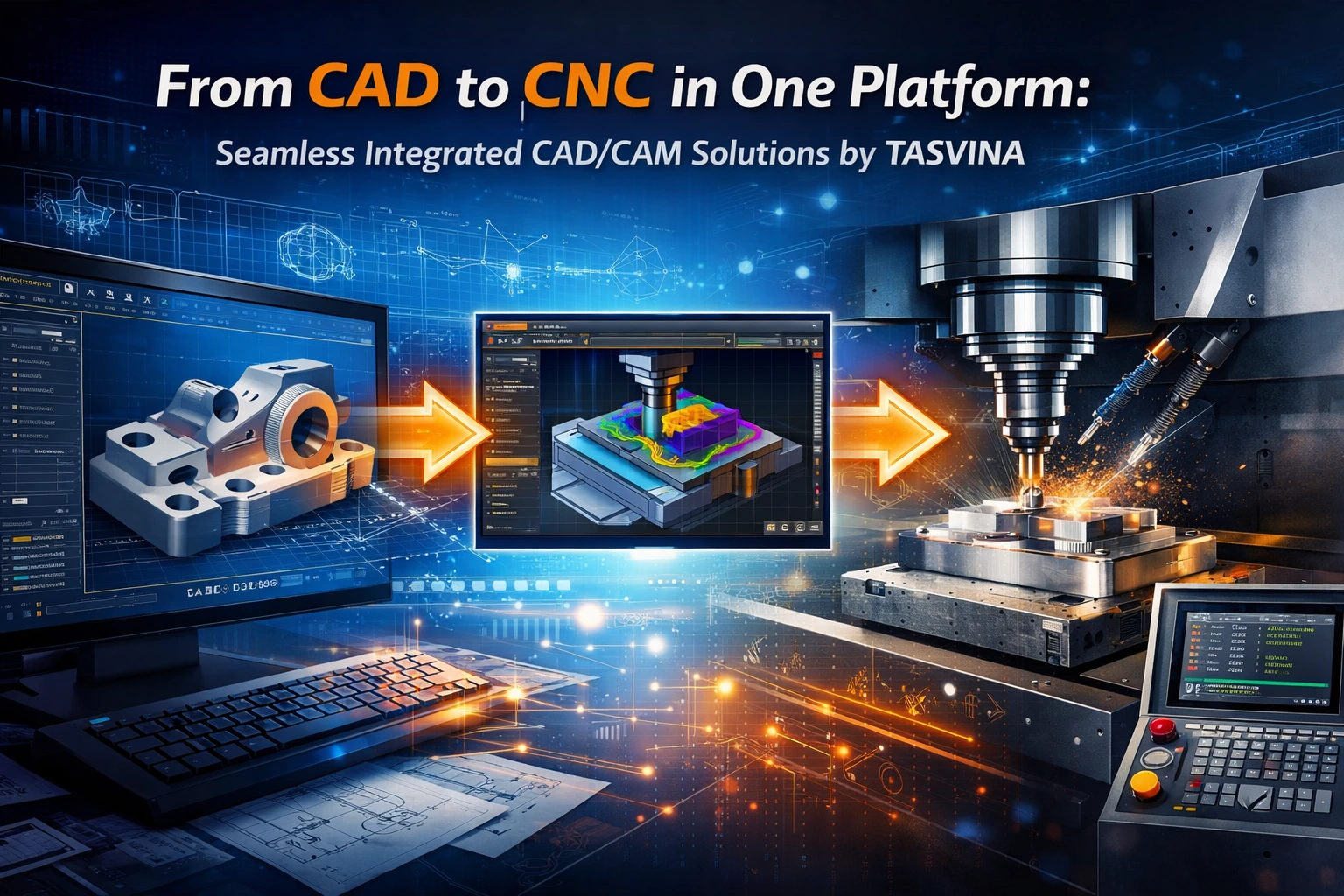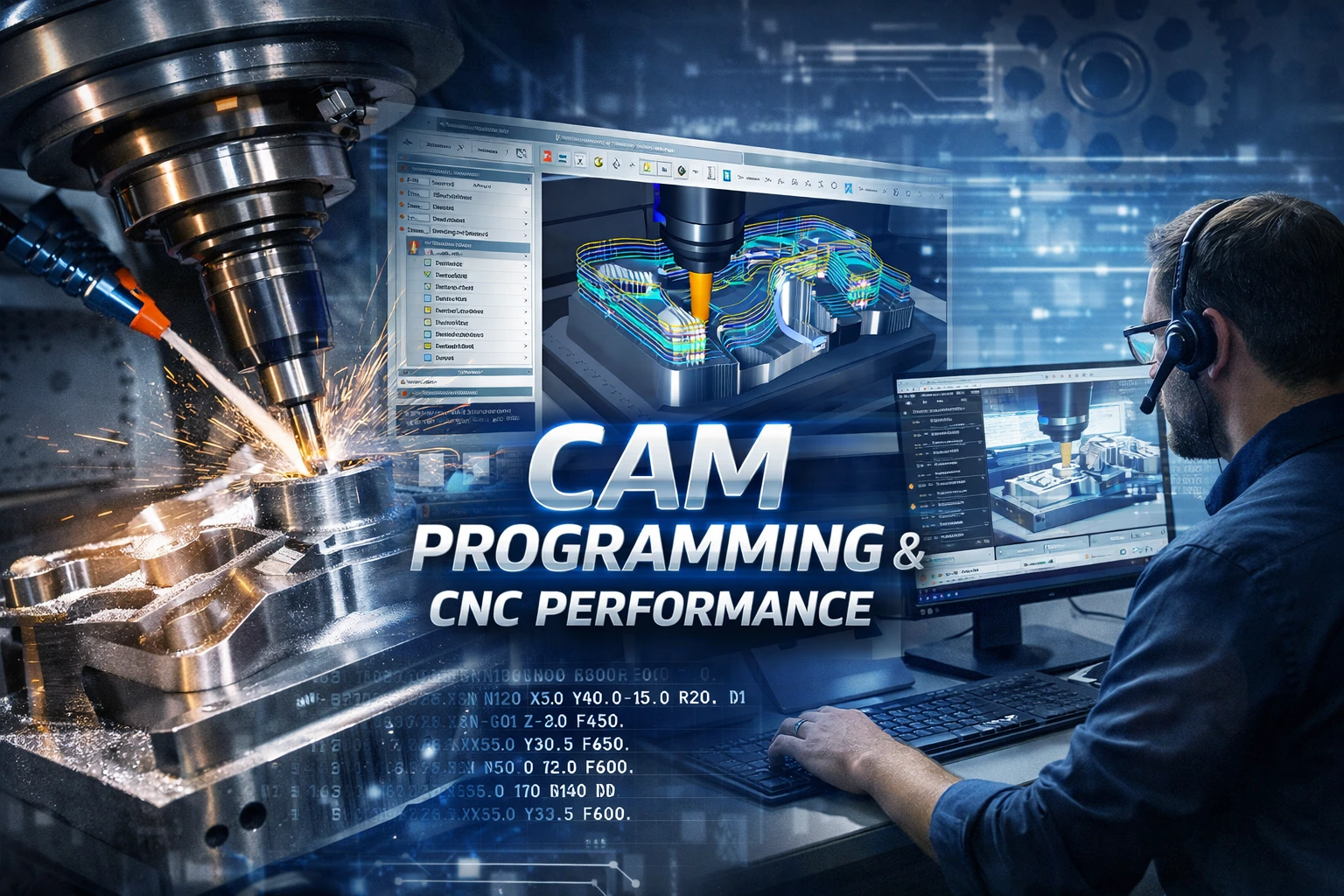Building Information Modeling (BIM) has become a cornerstone for efficiency, precision, and lifecycle management. While most professionals associate BIM with 3D models and visualizations, 1D BIM services play a foundational role in setting up and managing critical building information. These services include Scan to BIM, Point Cloud Modeling, and BIM Implementation Planning, which are essential for capturing real-world data and translating it into usable digital formats.
What is 1D BIM?
1D BIM focuses on collecting, structuring, and managing information about a building from the earliest stages. It includes data acquisition through advanced technologies such as 3D laser scanning, converting spatial data into usable formats, and planning for BIM execution across the building lifecycle. While it may not involve 3D visualization directly, 1D BIM forms the information backbone that supports the development of higher BIM dimensions (2D, 3D, 4D, etc.).
Scan to BIM: Capturing Reality in High Accuracy
One of the most crucial components of 1D BIM is Scan to BIM, a process that uses 3D laser scanning to capture the exact physical conditions of a building or construction site. This technology collects billions of data points—referred to as a point cloud—to create an accurate spatial representation of the environment.
These point clouds are then processed and converted into precise BIM models, making them ideal for:
- Renovation and restoration projects
- Facilities without existing design drawings
- Historical buildings or complex architectural structures
The high geometric accuracy of laser scanning ensures that the resulting models reflect the real-world conditions, minimizing design errors and reducing rework.
Point Cloud Modeling: From Data to Drawings
After collecting point cloud data, the next step is Point Cloud Modeling. This process involves converting unstructured data into structured 3D models and technical 2D drawings. These models are used in:
- Design analysis and energy efficiency checks
- System compatibility validation (MEP vs. structural)
- Maintenance planning and asset tracking
With accurate digital twins of existing buildings, engineers and architects can make informed decisions for upgrades, expansions, or complete renovations.
BIM Implementation Planning: A Strategic Roadmap
BIM Implementation Planning lays the foundation for successful BIM adoption across a project or organization. This includes:
- Creating accurate 3D BIM models from existing buildings
- Establishing BIM execution plans
- Standardizing data formats for long-term use
- Integrating BIM with Facility Management (FM) systems for ongoing maintenance
This strategic approach ensures that BIM isn’t just a design tool, but a long-term asset management solution.
Facility Management Integration: Building Lifecycle Optimization
By integrating BIM models with Facility Management (FM) platforms, building owners can monitor and manage the maintenance of mechanical, electrical, and plumbing (MEP) systems more effectively. Through real-time data updates, facility managers can check the status of equipment, schedule preventive maintenance, and extend the lifespan of building assets.
This combination of BIM and FM results in:
- Reduced downtime
- Lower maintenance costs
- Better space and energy utilization
Benefits of 1D BIM Services
Implementing 1D BIM services offers numerous benefits across the construction and facility management lifecycle:
High Accuracy: Laser scanning ensures precision and reliability in capturing real-world data
Conclusion: Why 1D BIM Matters
While often overshadowed by the more visual aspects of BIM, 1D BIM services are critical to the success of any construction or renovation project. From capturing precise on-site conditions through Scan to BIM to planning and managing the implementation of BIM across the building lifecycle, these services lay the groundwork for informed decision-making, efficiency, and sustainability.
Whether you are planning a renovation, digitizing an old facility, or implementing BIM across your operations, investing in 1D BIM services ensures a solid foundation for digital transformation in construction and building management.













